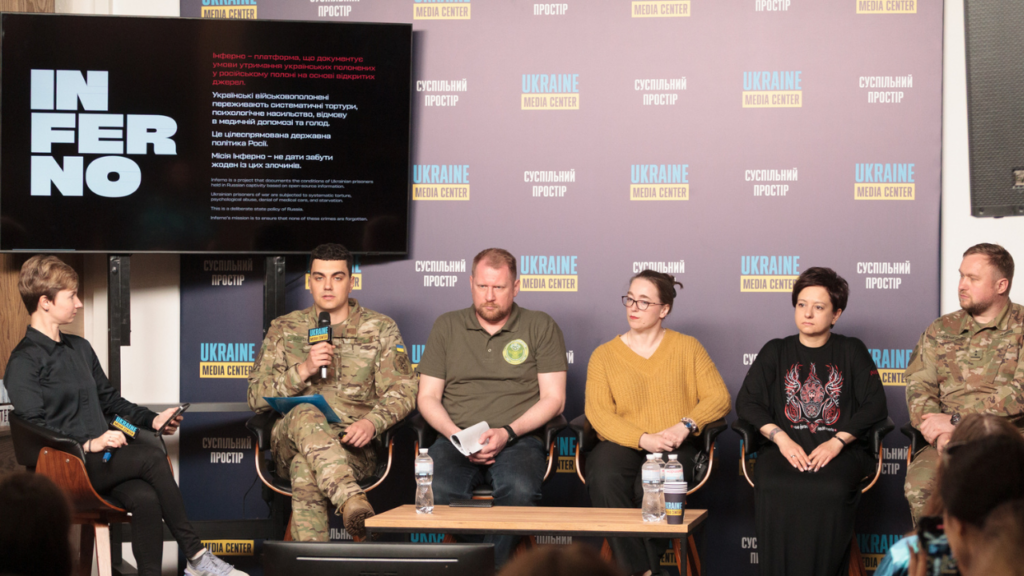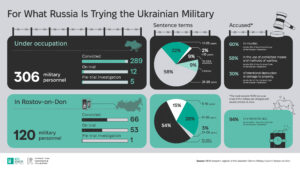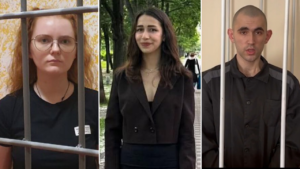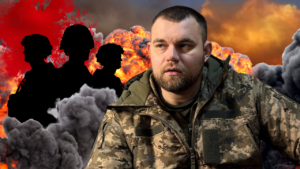MIHR contributes to the development of a map documenting the locations where the Azov fighters are held in Russian captivity

28 May 2025 saw a presentation of the Inferno project’s website and interactive map in Kyiv. This initiative is led by the Azovstal Defenders’ Families Association and the International Cooperation Department of the 1st Azov Corps of the National Guard of Ukraine. The Media Initiative for Human Rights has joined the project as one of the partners by providing data to create the map of detention facilities.
Inferno project documents instances of inhumane treatment of Ukrainian POWs held in Russian prisons and penal colonies.
“This project is aimed to expose the harsh reality faced by Ukrainian POWs in Russian captivity and to shed light on the torture, starvation, denial of medical care, and a total deprivation of rights guaranteed under the Geneva Convention relative to the Treatment of Prisoners of War,” said Nestor Barchuk, the Azov representative.

The Azov representative Nestor Barchuk presenting the Inferno project. Photo by Ukraine Media Center
The project is based on the testimonies of former POWs who have been released from captivity. According to human rights advocate Olena Belyachkova, MIHR has been cooperating actively with both the families of captured Azov soldiers and the Azov regiment itself. The organization has already interviewed 30 former POWs, including the survivors of the July 2022 explosions in Olenivka. The human rights defenders have provided testimonies of some of them to launch the Inferno initiative.
“We document the locations where prisoners of war and civilians are held in the Russian Federation and in the temporarily occupied territories. Russia conceals this information, yet it is critically important for both Ukrainian institutions and international partners. Bringing perpetrators of war crimes to justice remains a central priority for Ukraine. That is why the testimonies of Azov fighters who survived the explosion in one of the barracks in Olenivka are exceptionally valuable to us. They are both direct witnesses and victims of a Russian war crime. MIHR has investigated and continues to investigate the circumstances surrounding that incident,” said Olena Belyachkova.

Human rights advocate Olena Belyachkova during the presentation of the map of Ukrainian POWs’ detention facilities. Photo by Ukraine Media Center
Since 2023, MIHR has been maintaining its own interactive map of detention facilities for Ukrainians in the Russian Federation, Belarus, as well as in the occupied and de-occupied regions of Ukraine. The map currently includes 222 locations. Olena Belyachkova emphasized that MIHR places particular focus on collecting information about those involved in torture and ill-treatment at the detention facilities and sharing this information so that sanctions can be imposed.
She once again drew attention to the ineffectiveness of the International Committee of the Red Cross (ICRC) in gaining access to detention facilities. In her opinion, the key to change lies in designating a protecting country that could represent the interests of Ukrainian detainees, monitor conditions in colonies, attend court proceedings, and safeguard the rights of those facing charges. Ukraine is ready to implement such a mechanism, while Russia continues to ignore this initiative.
Anastasiia Loza, Communications Manager at MIHR







